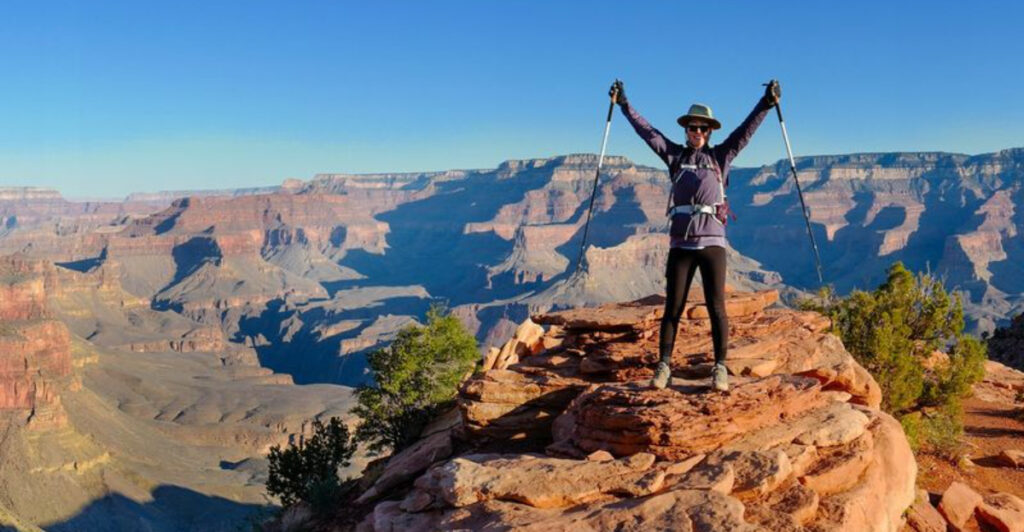Embarking on journeys to extreme destinations is not for the faint of heart. Each location presents its own set of challenges, from harsh climates to rugged terrains. Here’s a detailed guide to 23 extreme destinations, offering insights into what you can expect when you dare to tread these breathtaking and often unforgiving landscapes. Be prepared for adventure, danger, and unparalleled beauty as we explore these destinations.
Mount Everest, Nepal

Standing at the pinnacle of the world, Mount Everest is an adventurer’s dream and a climber’s challenge. The journey to its summit is fraught with peril, including treacherous weather and thin air. Each step above base camp requires perseverance and resilience.
The mountain’s icy beauty is both a lure and a warning. Many have tried, but only a few succeed in conquering its towering heights.
Did you know? The mountain grows about 4 millimeters each year. If you’re planning to scale Everest, meticulous preparation and respect for the mountain are essential.
Antarctica
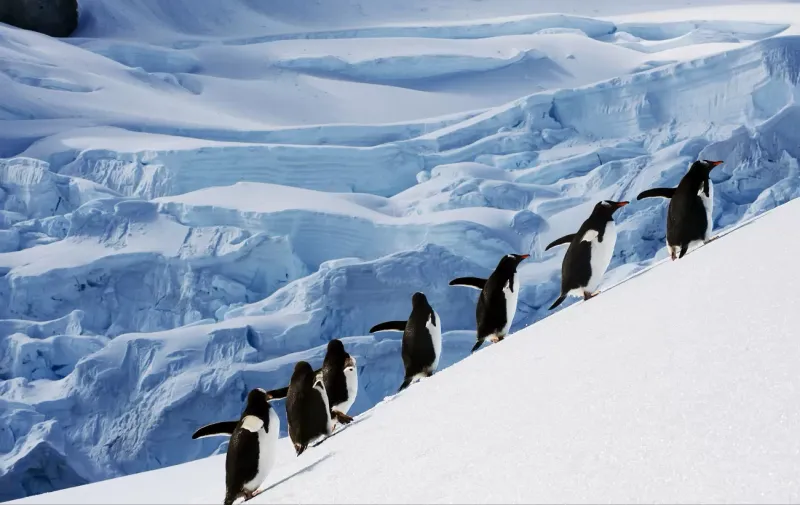
In the vast, frozen wilderness of Antarctica, temperatures can plummet to unimaginable lows. This icy continent is home to unique wildlife, including emperor penguins and seals.
The challenge lies not only in the cold but in the isolation. Surviving here tests both mental and physical endurance. Yet, the ethereal beauty of endless white landscapes offers a reward like no other.
Did you know? Antarctica is the only continent without a native human population. For those daring enough to brave its extremes, Antarctica promises an experience of stark and haunting beauty.
Sahara Desert, Africa
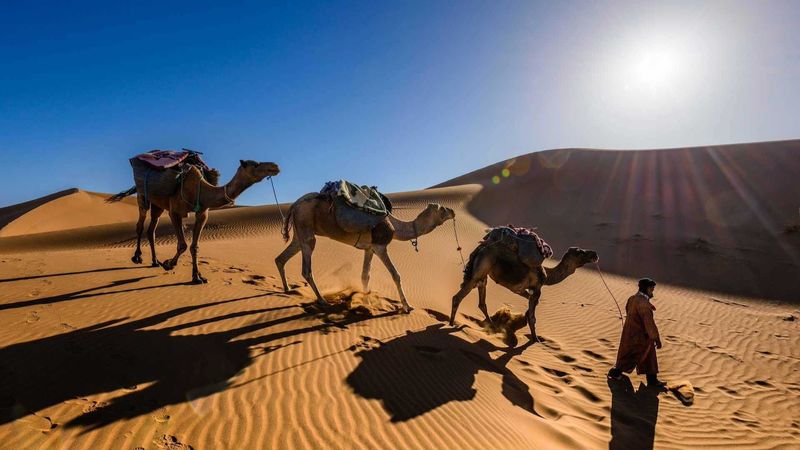
The Sahara Desert, with its endless stretches of sand dunes, is a place of extremes. Daytime temperatures soar, only to plummet at night. Survival hinges on water, shade, and navigation.
Despite its harshness, the desert holds a serenity and timelessness, drawing explorers seeking solitude and challenge.
Did you know? The Sahara covers approximately 31% of Africa. When venturing into this arid expanse, understanding the desert’s rhythms is crucial for survival and appreciation of its stark, golden beauty.
Amazon Rainforest, South America
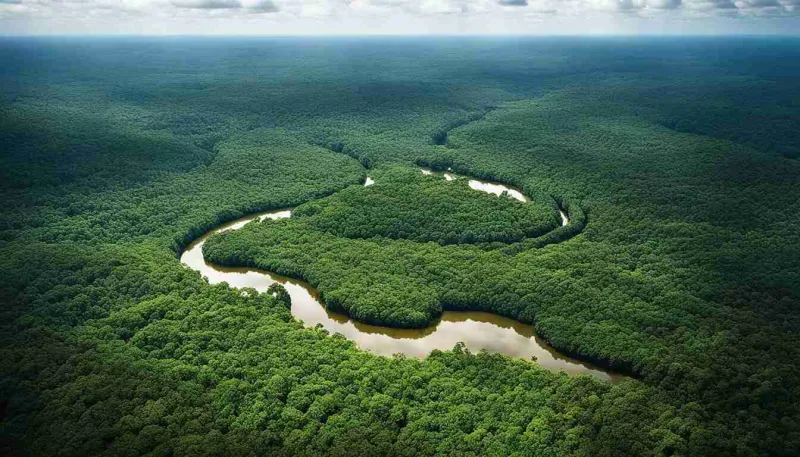
The Amazon Rainforest, a vast green labyrinth, is both beautiful and formidable. Its dense canopy is alive with creatures, some yet undiscovered. The constant humidity and the threat of tropical diseases present challenges.
Beneath its lush exterior lies a complex ecosystem that demands respect and understanding. Intriguingly, it’s home to indigenous tribes who have thrived for centuries.
Did you know? The Amazon produces 20% of the world’s oxygen. Exploring this vibrant jungle requires a spirit of adventure and an appreciation for its ecological wonders and dangers.
Death Valley, USA
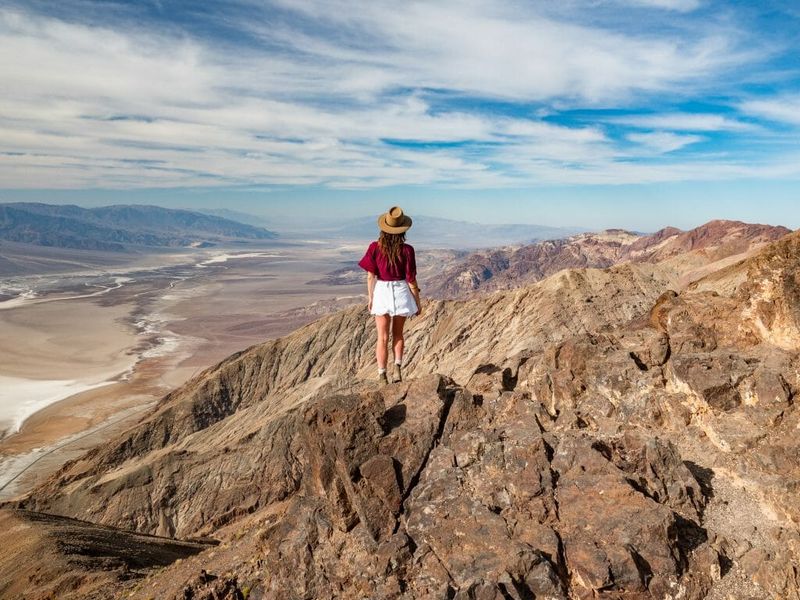
Death Valley, a land of extremes, is one of the hottest places on Earth. Temperatures can reach a blistering 134°F (56.7°C), making survival a test of endurance.
The valley’s stark beauty is captivating, with its salt flats, dunes, and rugged peaks. Visitors must be prepared for sudden changes in weather and the valley’s unforgiving nature.
Did you know? Despite its name, Death Valley is home to a variety of wildlife, including the resilient pupfish. Exploring this area requires resilience and respect for its harsh environment.
Siberian Taiga, Russia
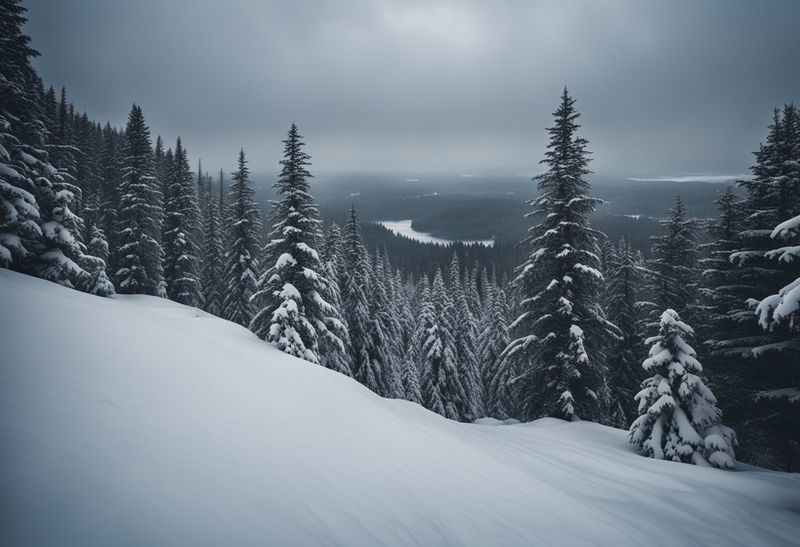
The Siberian Taiga, a vast expanse of boreal forest, is a realm of cold and solitude. Winters are long and harsh, with temperatures plunging well below freezing.
Yet, this wilderness is rich in biodiversity and offers a unique beauty. Survival here demands strength, resourcefulness, and knowledge of the land.
Did you know? The Taiga is the largest terrestrial biome on Earth. For those seeking tranquility and challenge, the Siberian wilderness offers an unforgettable journey through one of nature’s last frontiers.
Atacama Desert, Chile
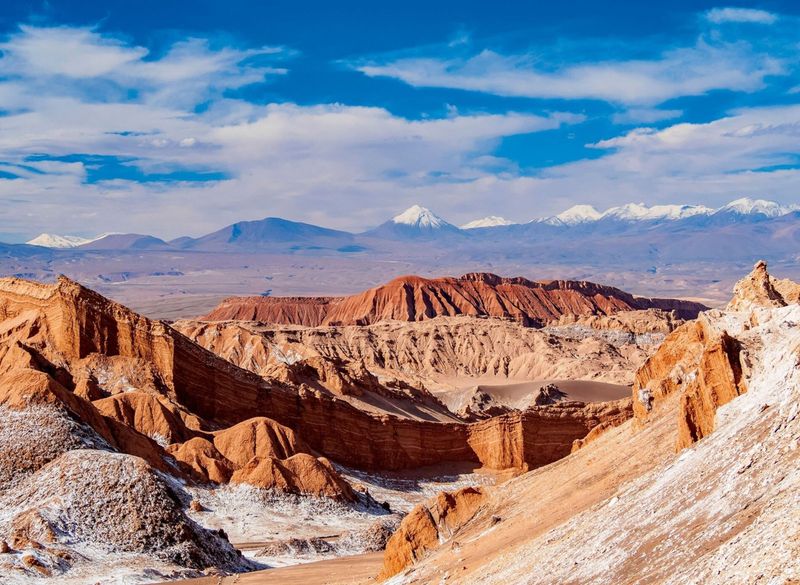
The Atacama Desert is one of the driest places on the planet, with some regions having never recorded rainfall. Its stark, otherworldly landscape attracts scientists and adventurers alike.
Despite its aridity, the desert is a place of scientific intrigue and is used for Mars simulations. Its clear skies offer some of the best stargazing on Earth.
Did you know? The Atacama hosts unique flora that has adapted to its extreme conditions. Exploring this desert requires a spirit of curiosity and a respect for its silent, ancient landscapes.
Mount Kilimanjaro, Tanzania
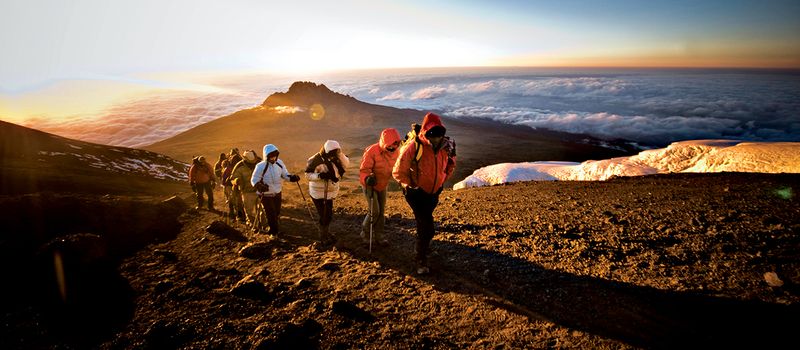
Mount Kilimanjaro, the tallest free-standing mountain in the world, offers an exhilarating climb through diverse ecosystems. From lush rainforests to alpine deserts, each step is a testament to nature’s diversity.
The summit, Uhuru Peak, stands as a beacon for adventurers worldwide. Climbing requires physical fitness and determination.
Did you know? Kilimanjaro’s glaciers are rapidly retreating due to climate change. For those aiming to reach its peak, the mountain provides a journey of discovery and reflection on the planet’s changing environment.
Mariana Trench, Pacific Ocean

The Mariana Trench, the ocean’s deepest abyss, is a place of mystery and wonder. Reaching depths of over 36,000 feet, it remains one of the least explored places on Earth.
The crushing pressure and darkness make exploration a technological and psychological challenge. Yet, the trench is home to unique species adapted to its harsh conditions.
Did you know? The trench is deeper than Mount Everest is tall. For scientists and explorers, it offers a glimpse into the unknown and the resilience of life in extreme environments.
Himalayas, India/Nepal
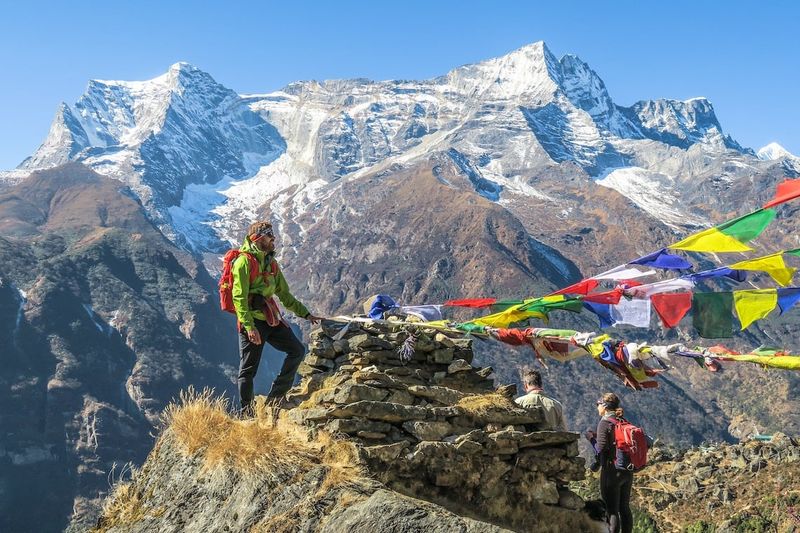
The Himalayas, a majestic range, beckon those with a spirit for high-altitude adventure. These towering giants are a testament to Earth’s geological history and cultural richness.
The journey through this rugged terrain tests endurance and adaptability. Here, one encounters a blend of natural beauty and cultural diversity.
Did you know? The Himalayas are home to several rare species, including the elusive snow leopard. For trekkers and climbers, this range offers both challenge and inspiration in one of the world’s most awe-inspiring landscapes.
Namib Desert, Namibia
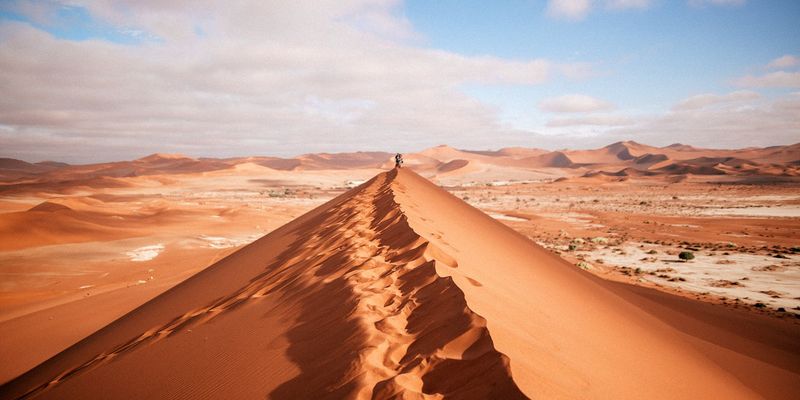
The Namib Desert, with its dramatic dunes, is one of the oldest and most captivating deserts in the world. Its vast, arid expanse is marked by striking contrasts of color and light.
Navigating this desert demands respect for its fragile ecosystems and understanding of its ancient landscapes.
Did you know? The desert is home to the world’s largest sand dunes. For explorers, the Namib offers a breathtaking vista of endless horizons and a profound sense of solitude amidst its timeless beauty.
Grand Canyon, USA
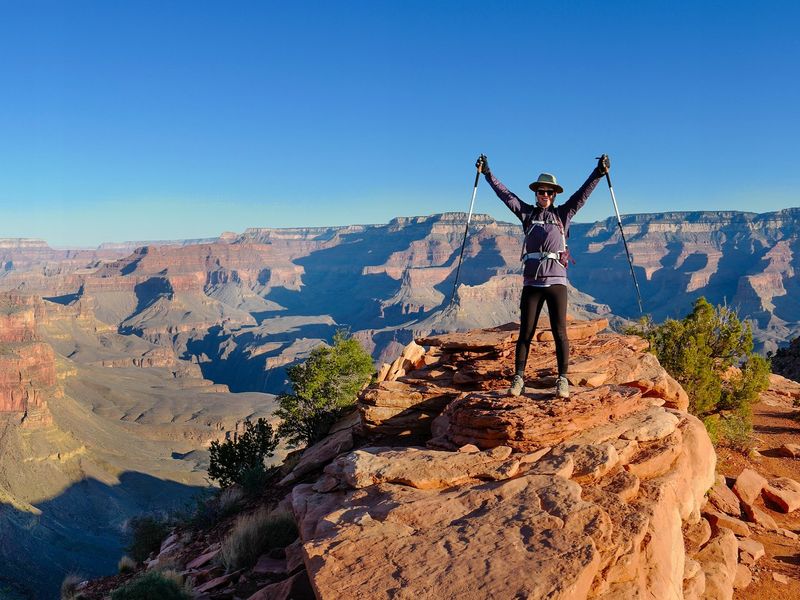
The Grand Canyon, a monumental natural wonder, offers a journey through time with its exposed geological layers. Hiking its rugged trails is both a physical and reflective experience.
The canyon’s vastness and beauty inspire awe, while its challenging terrain tests endurance and navigation skills.
Did you know? The canyon is over 277 miles long. Those venturing into its depths must be prepared for the extremes of weather and elevation, finding both challenge and tranquility in its grandeur.
Gobi Desert, Mongolia

The Gobi Desert, a place of stark beauty and extreme temperatures, spans Mongolia and China. Its harsh environment is both formidable and fascinating.
This desert is not just sand; it features bare rocks, gravel plains, and unique biodiversity. Survival here depends on resourcefulness and respect for nature’s raw power.
Did you know? The Gobi Desert is expanding due to desertification. For those daring enough to traverse its vastness, the Gobi offers both a challenge and a glimpse into the resilience of life in extreme conditions.
Patagonia, Argentina/Chile
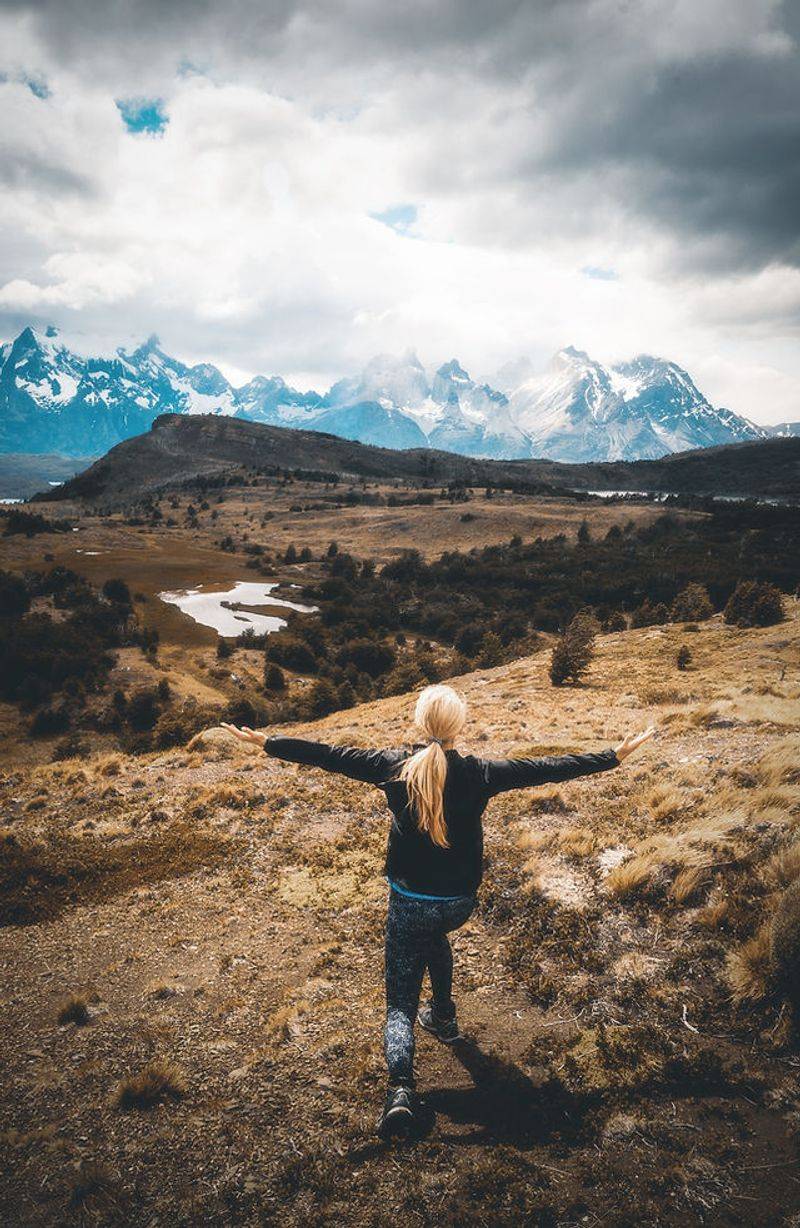
Patagonia, with its dramatic landscapes, is a realm of extremes. From towering glaciers to vast steppes, it captivates adventurers seeking solitude and challenge.
The region’s unpredictable weather and rugged terrain demand resilience and adaptability. Yet, its untamed beauty offers profound moments of discovery.
Did you know? The region is known for its unique wildlife, including the elusive puma. For explorers, Patagonia presents a journey through a land where nature reigns supreme, offering both challenge and inspiration.
Svalbard, Norway
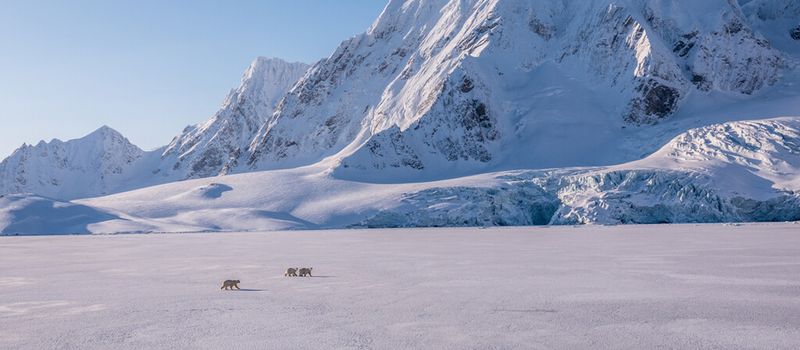
Svalbard, an archipelago in the Arctic Ocean, offers an experience of remote beauty and extreme climate. Its icy wilderness is home to polar bears, seals, and dramatic glaciers.
Surviving in Svalbard requires planning and respect for its fragile ecosystems. The darkness of the polar night contrasts with the endless light of summer.
Did you know? Svalbard has more polar bears than people. For those drawn to its extremes, Svalbard promises an adventure in a land where nature’s power and beauty are on full display.
Danakil Depression, Ethiopia
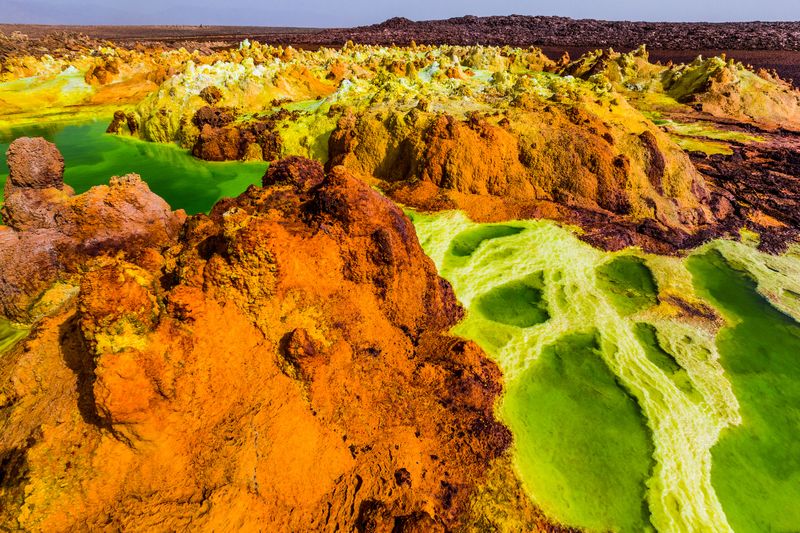
The Danakil Depression, one of the hottest places on Earth, is a land of extremes. Its geothermal features create an otherworldly landscape that’s both beautiful and deadly.
Survival here challenges the limits of human endurance, with temperatures often exceeding 120°F (49°C).
Did you know? The Danakil is home to the nomadic Afar people, who have adapted to its harsh conditions. For those daring enough to explore, the Danakil offers a glimpse into the raw, untamed power of our planet.
Scottish Highlands, Scotland
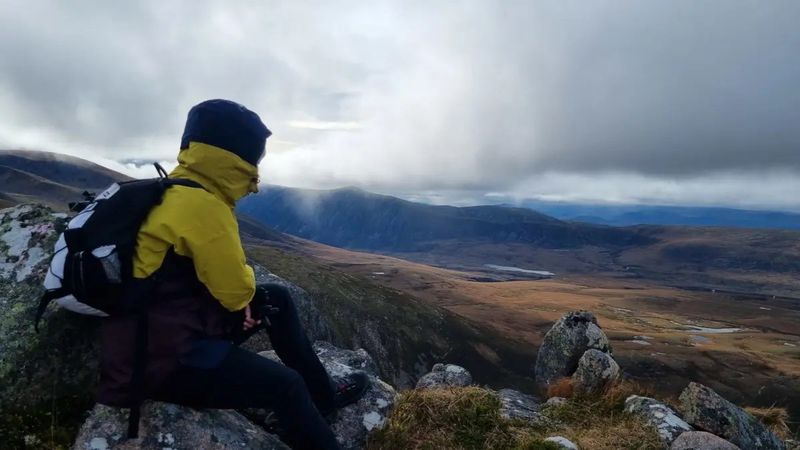
The Scottish Highlands, a land of rugged beauty and unpredictable weather, invites explorers to its dramatic landscapes. Here, mist-covered hills and ancient castles tell tales of history and myth.
The Highlands’ challenge lies in its fickle weather and remote paths, demanding navigation skills and resilience.
Did you know? The Highlands are home to Scotland’s highest peak, Ben Nevis. For adventurers, this region offers a mixture of challenge and enchantment in a land where history and nature intertwine.
K2, Pakistan/China
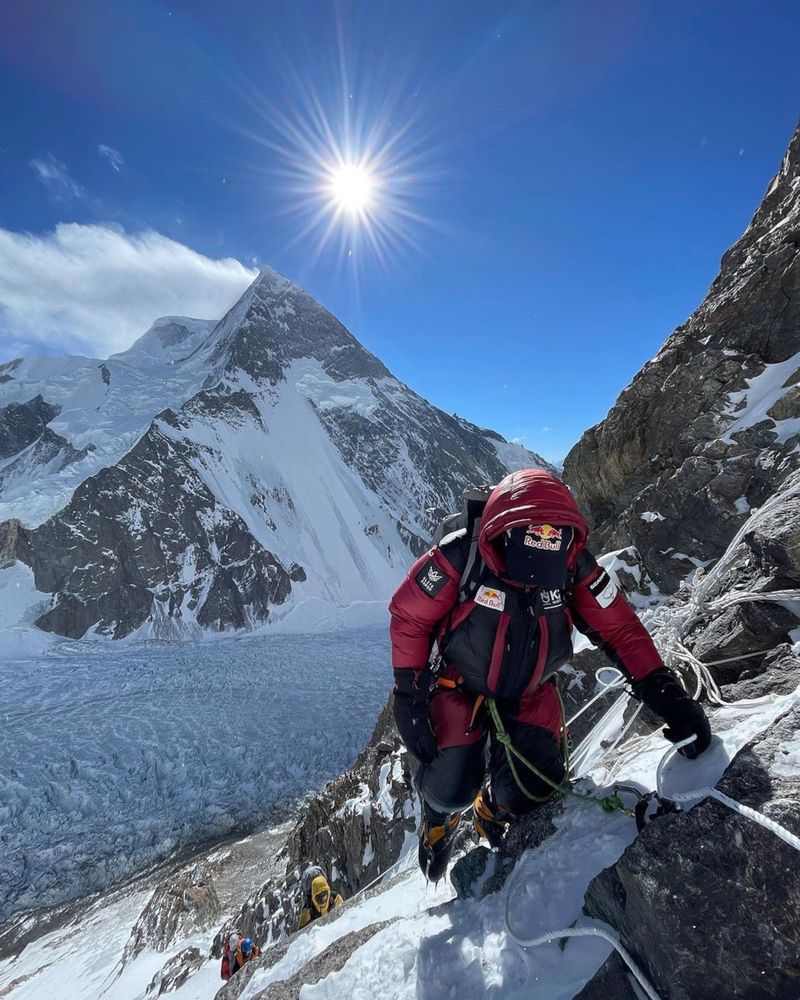
K2, known as the Savage Mountain, is one of the most challenging peaks to climb. Its steep, icy slopes and unpredictable weather make it a formidable opponent.
The mountain’s allure lies in its sheer difficulty, attracting only the most skilled climbers. Each ascent is a battle against nature’s extremes.
Did you know? K2 has one of the highest fatality rates among the eight-thousanders. For those seeking the ultimate climbing challenge, K2 offers both peril and prestige in equal measure.
The Outback, Australia
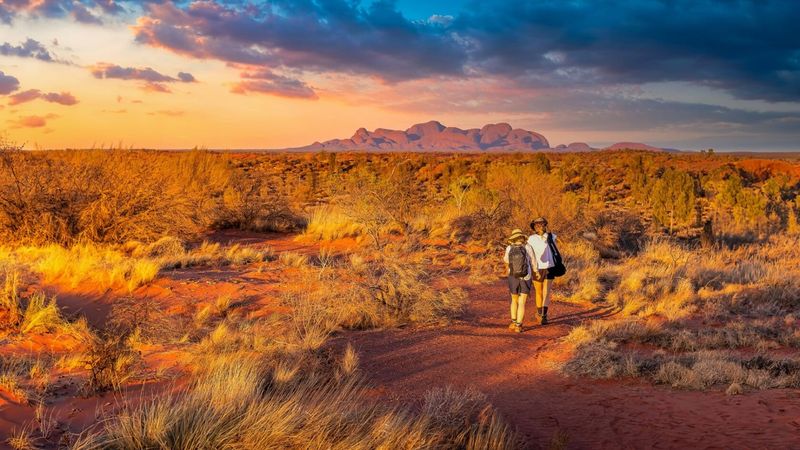
The Australian Outback, an expansive wilderness, is both harsh and beautiful. Its red-dust plains and remote landscape challenge those who venture within.
Survival in the Outback requires preparation and respect for its vastness and extremes. Yet, its silence and vast horizons offer a unique allure.
Did you know? The Outback covers most of Australia, but only a small population resides there. For explorers, it presents a journey through a land where isolation meets majesty.
Hawaii Volcanoes, USA
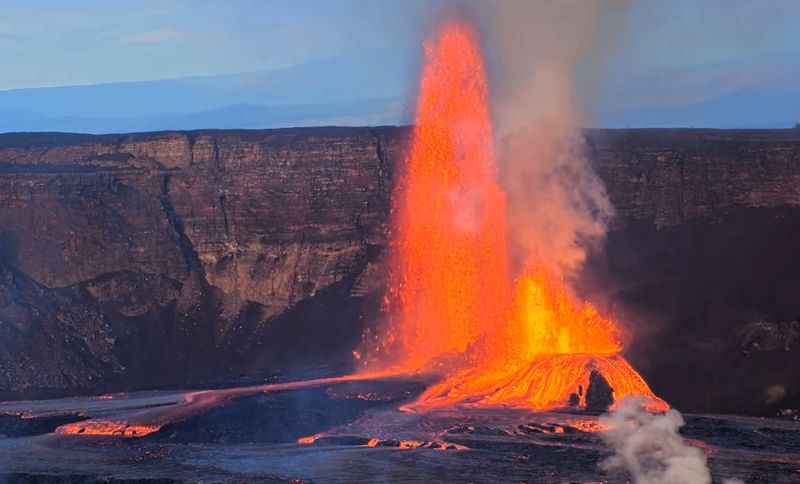
Hawaii’s volcanoes, with their mesmerizing lava flows, offer a vivid display of Earth’s raw power. These active volcanic landscapes are in constant transformation.
The challenge lies in understanding and respecting these dynamic forces of nature. Visitors witness both creation and destruction in real-time.
Did you know? Kilauea, one of the world’s most active volcanoes, resides here. For those curious about volcanic activity, Hawaii provides a firsthand experience of Earth’s fiery heart.
Kamchatka Peninsula, Russia
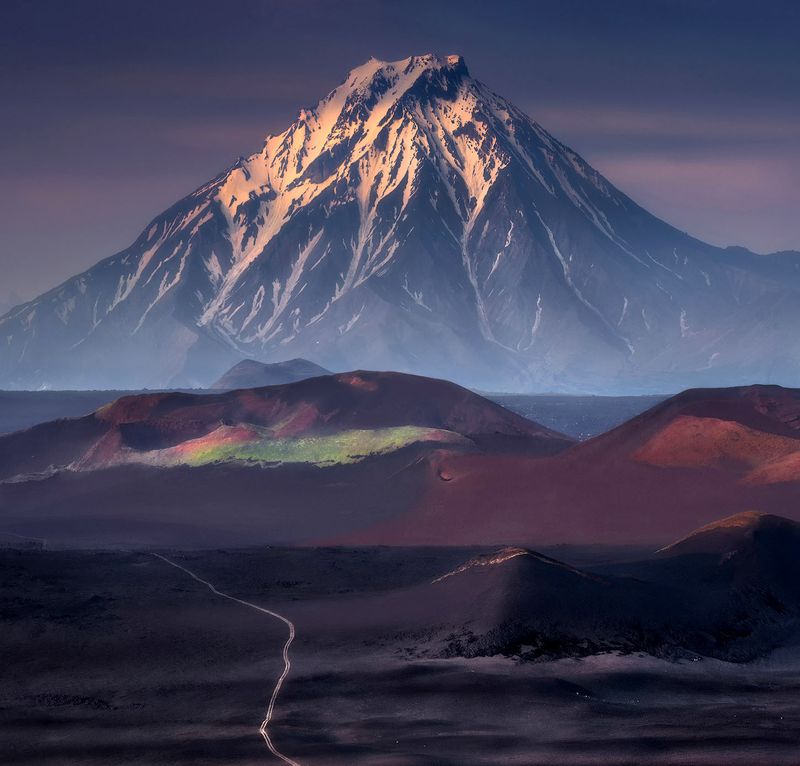
Kamchatka, a remote peninsula, is a land of fire and ice. Its volcanic landscapes and rugged wilderness attract explorers seeking uncharted beauty.
The peninsula’s challenge lies in its isolation and volatile geology. Yet, its untouched landscapes offer a sanctuary for wildlife and adventure.
Did you know? Kamchatka has more than 300 volcanoes, 29 of them active. For those drawn to extremes, Kamchatka promises a journey through a land where nature’s forces are raw and unyielding.
Greenland Ice Sheet
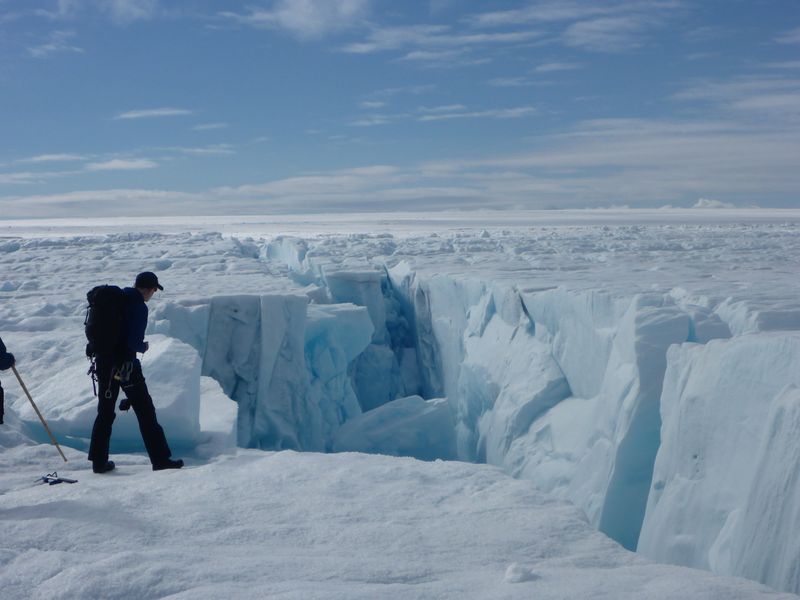
The Greenland Ice Sheet, a vast frozen expanse, is a testament to Earth’s climatic extremes. Its icy landscapes are both beautiful and forbidding.
Surviving here requires resilience and adaptation to its cold, harsh conditions. Yet, its pristine beauty offers insights into our planet’s climate history.
Did you know? The ice sheet holds about 8% of Earth’s fresh water. For scientists and adventurers, Greenland presents an opportunity to explore and understand one of Earth’s most critical and changing environments.

